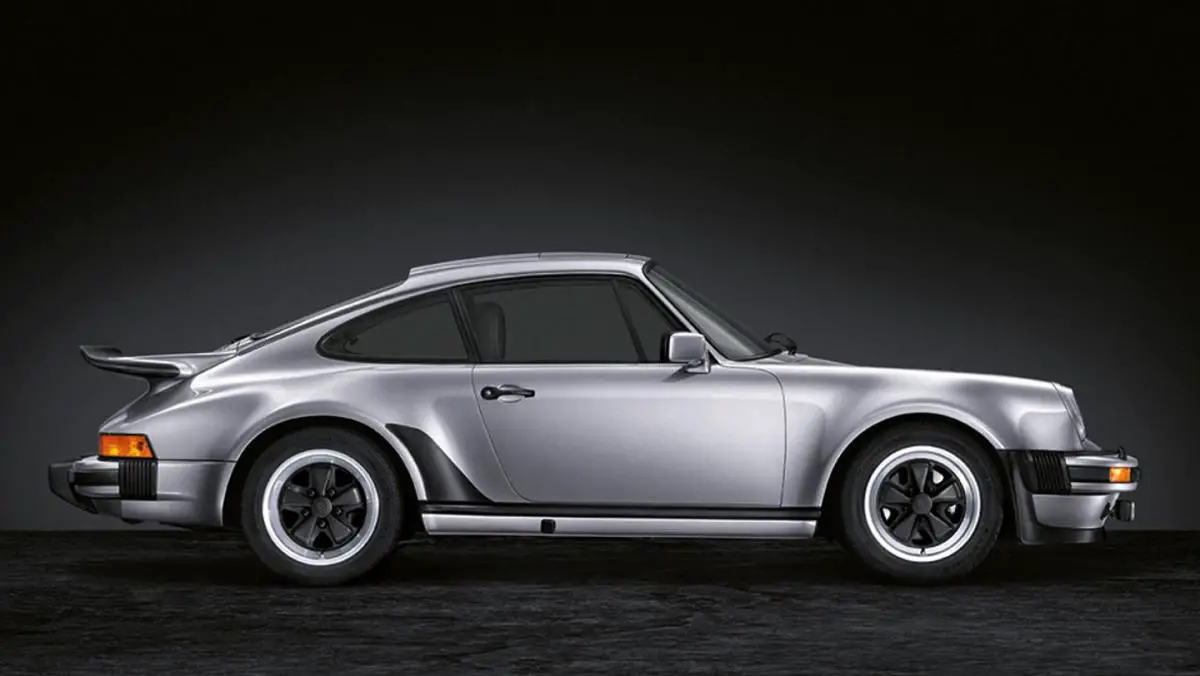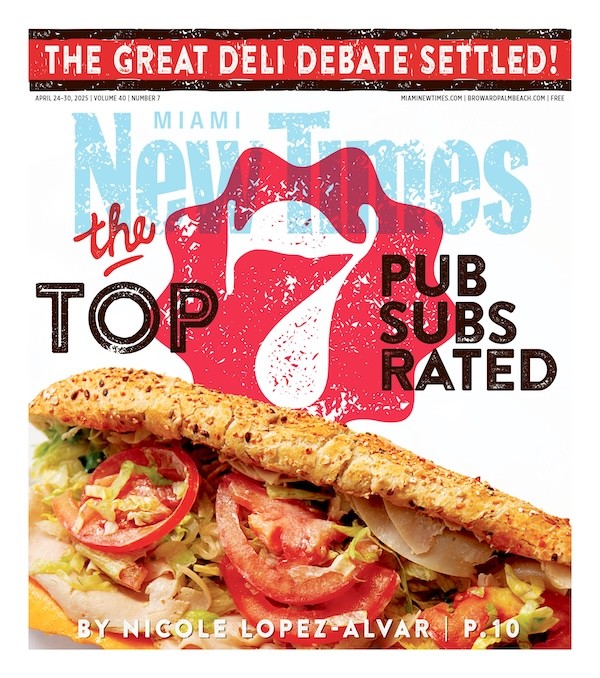BMW, Porsche, And The Evolving Chinese Car Market: A Case Study

Table of Contents
The Explosive Growth of the Chinese Automotive Market
Market Size and Segmentation
The sheer size of the Chinese car market is breathtaking. It's not just about volume; it's also about incredible diversity. The market is highly segmented, encompassing a broad spectrum of price points and vehicle types. From budget-friendly sedans to high-end luxury SUVs and the rapidly expanding electric vehicle (EV) sector, the options are vast.
- Market Share: Domestic brands are gaining significant market share, but international players like BMW and Porsche still hold considerable influence in the luxury segment.
- Growth Rates: While growth rates might fluctuate year to year, the overall trend points to continued expansion, fueled by rising disposable incomes and a burgeoning middle class.
- Consumer Preferences: Chinese consumers are increasingly discerning, demonstrating a strong preference for technologically advanced vehicles with sophisticated features.
Shifting Consumer Preferences
Chinese consumer preferences are constantly evolving. The traditional focus on brand recognition is still relevant, but it's now coupled with a growing demand for technological sophistication and a strong emphasis on brand image and social status.
- Trending Features: Features like electric powertrains, advanced driver-assistance systems (ADAS), and connected car technologies are highly sought after. SUVs, especially luxury SUVs, remain incredibly popular.
- Social Media Influence: Online reviews and social media platforms exert significant influence on purchasing decisions, making digital marketing crucial for luxury brands. Word-of-mouth and online reputation management are paramount.
BMW's Strategy in the Chinese Market
Localization and Product Adaptation
BMW has demonstrated a strong commitment to localization, adapting its products and marketing to resonate with Chinese consumers. This includes offering long-wheelbase versions of popular models to cater to the preference for extra rear legroom.
- Tailored Models: Specific models and features are tailored to suit the unique demands and preferences of the Chinese market, showcasing BMW's understanding of local tastes.
- Targeted Marketing: BMW employs sophisticated marketing campaigns targeting specific demographics and leveraging popular Chinese social media channels to build brand affinity.
Dealership Network and Customer Service
BMW boasts an extensive dealership network across China, crucial for providing convenient access and after-sales service. The emphasis on exceptional customer service is a key differentiator in the competitive luxury car market.
- Service Quality: Maintaining high service quality and customer satisfaction is paramount to building brand loyalty in the long term.
- Customer Experience Programs: BMW invests in programs designed to enhance the overall customer experience, from personalized interactions to exclusive events.
Porsche's Approach to the Chinese Luxury Car Market
Brand Positioning and Prestige
Porsche meticulously maintains its prestigious brand image, emphasizing exclusivity and heritage in its marketing campaigns. This strategy resonates with Chinese consumers who value luxury and status symbols.
- Heritage Marketing: Porsche's marketing effectively highlights its rich history and racing legacy, reinforcing its image as a premium brand.
- Strategic Collaborations: Collaborations with Chinese celebrities and businesses further amplify Porsche's brand visibility and appeal within the local market.
Electric Vehicle Push and Sustainability
Porsche recognizes the growing importance of electric vehicles in China and is actively expanding its EV offerings. Sustainability initiatives are also gaining traction amongst environmentally conscious Chinese consumers.
- EV Model Line-up: Porsche is introducing a range of electric models tailored for the Chinese market, catering to the rising demand for sustainable mobility.
- Sustainability Initiatives: Highlighting Porsche's commitment to environmental responsibility resonates with a growing segment of Chinese consumers who prioritize sustainability.
Challenges and Opportunities in the Chinese Automotive Landscape
Competition and Market Saturation
The Chinese automotive market is fiercely competitive, with both domestic and international brands vying for market share. This intense competition leads to market saturation in certain segments.
- Key Competitors: Major domestic brands like Geely and BYD pose strong competition, along with established international players like Audi and Mercedes-Benz.
- Market Saturation Challenges: The intense competition and market saturation in certain segments require brands to innovate and differentiate themselves to stand out.
Government Regulations and Policies
Government regulations, including emission standards and import tariffs, significantly impact the automotive industry in China. Navigating these regulations requires strategic planning and compliance.
- Government Support: Supportive government policies aimed at promoting electric vehicles and technological advancement present significant opportunities.
- Regulatory Challenges: Navigating the complexities of the regulatory environment requires careful attention to detail and adherence to local laws and regulations.
Conclusion: Understanding the Future of BMW, Porsche, and the Chinese Car Market
BMW and Porsche's successes in China stem from adapting to local preferences, building strong dealership networks, and employing effective marketing strategies. However, intense competition, evolving consumer preferences, and government regulations present ongoing challenges. The future of the Chinese car market hinges on continued innovation, a deep understanding of consumer trends, and the ability to navigate the regulatory landscape effectively. To learn more, research the evolving landscape of the Chinese car market, delve into BMW's global strategy, or explore Porsche's future in China. Share your thoughts and insights in the comments below!

Featured Posts
-
 Diddys Ex Cassie Expecting Third Child Pregnancy Announcement
May 13, 2025
Diddys Ex Cassie Expecting Third Child Pregnancy Announcement
May 13, 2025 -
 Asap Rockys Legal Troubles A Web Of Conflicts With 50 Cent Tory Lanez And Others
May 13, 2025
Asap Rockys Legal Troubles A Web Of Conflicts With 50 Cent Tory Lanez And Others
May 13, 2025 -
 I Need Elsbeth Season 2 A Look At The Unresolved Judge Crawford Storyline
May 13, 2025
I Need Elsbeth Season 2 A Look At The Unresolved Judge Crawford Storyline
May 13, 2025 -
 North Texas Religious Leaders Condemn Abbotts Probe Of Cities
May 13, 2025
North Texas Religious Leaders Condemn Abbotts Probe Of Cities
May 13, 2025 -
 Exploring Nba Tankathon A Miami Heat Fan Perspective
May 13, 2025
Exploring Nba Tankathon A Miami Heat Fan Perspective
May 13, 2025
